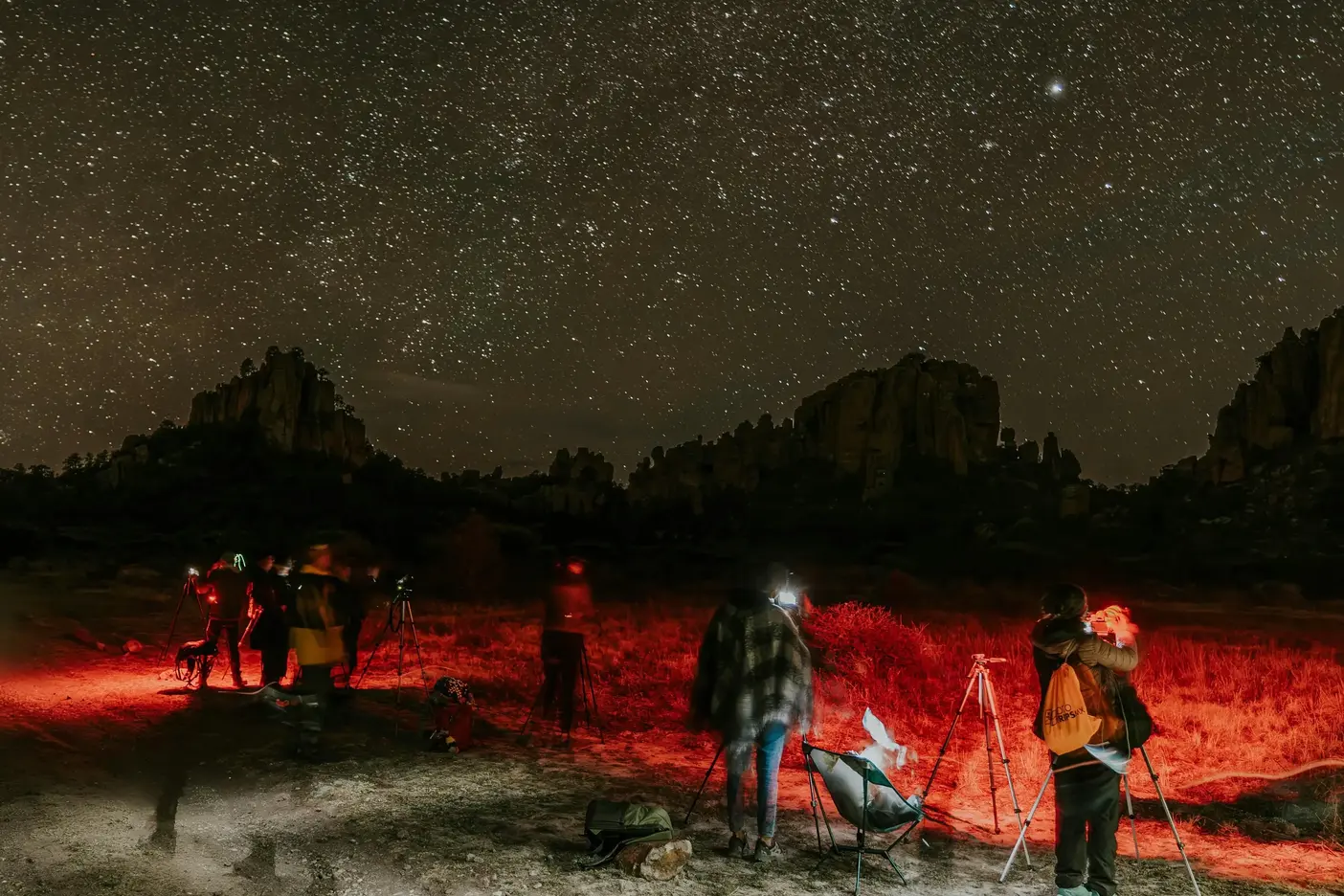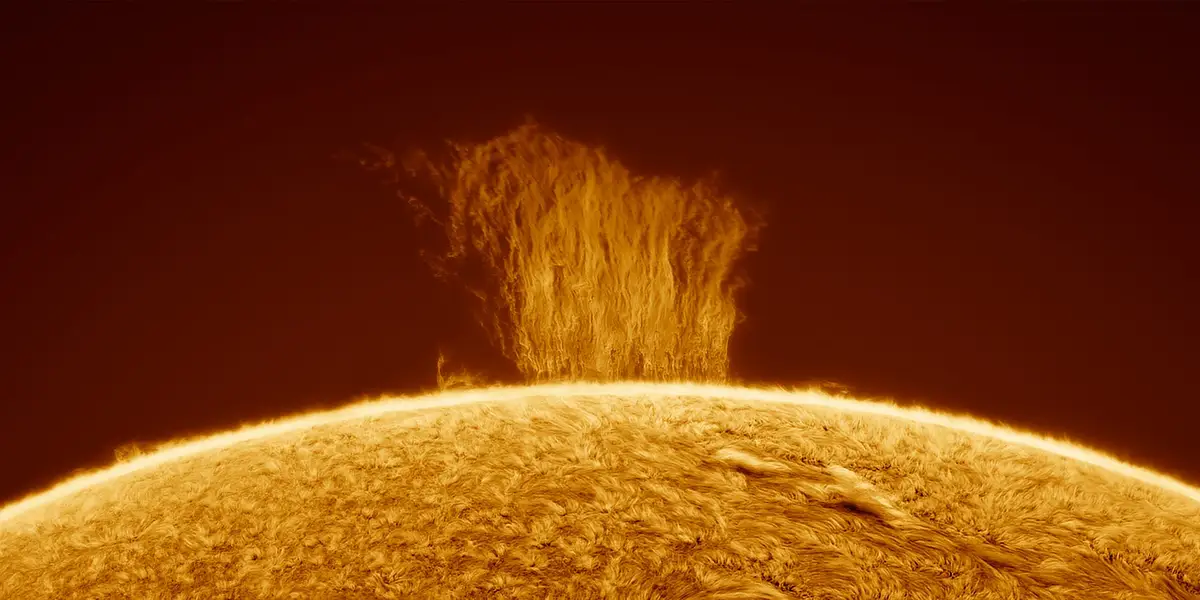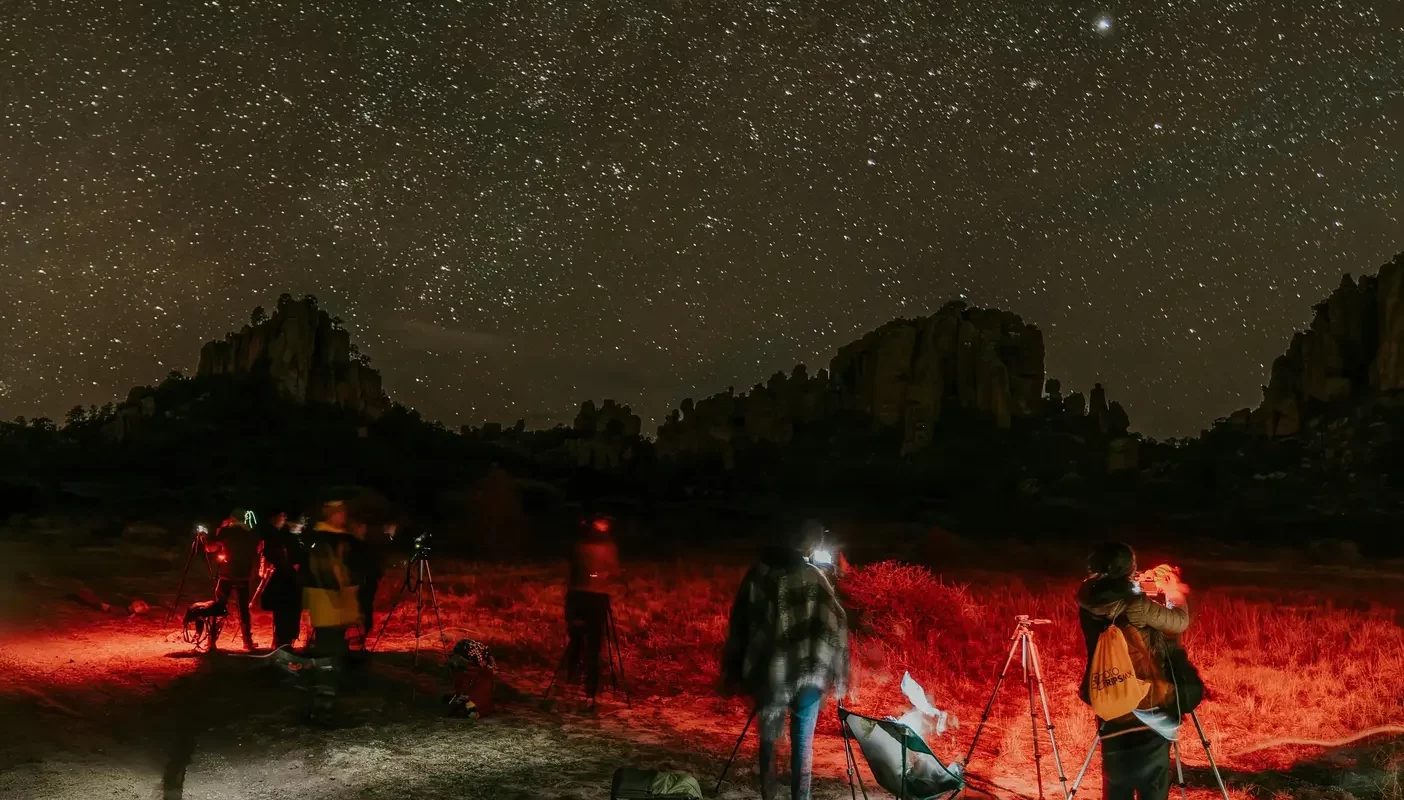British astronomer Richard Carrington was observing the surface of the Sun through his telescope when he noticed something strange – two spots of bright white light. The year was 1859. People were outside, working on farms, harvesting the fruits of their labor. Life was different than it is now: more nature, less technology. Science was advancing, but even the light bulb had not yet been invented – it would be invented in about twenty years.
What the astronomer didn’t know was that he was observing what would later be called the Carrington Event, the largest solar storm ever recorded. It was the first solar flare we had ever seen or noticed. And it brought so many unusual things!
The auroras were simply spectacular. That year they were the most intense in 160 years. Auroras mostly appear near the Earth’s poles – as their name suggests. But in those days, you could see them even near the equator. They spread across the sky from Australia to Canada. If you were in the tropics – Panama, Jamaica, or Cuba, for example – you could see the auroras, too.

The sight was impressive: the luminous waves reached the zenith, and some were large enough to cast a shadow on the ground. And they were very bright! In Missouri, you could be reading a book in the middle of the night without any extra light. The glow was so strong that gold miners in the Rocky Mountains woke up, cooked bacon and eggs, and made coffee without asking questions.
They thought that the sun rose on a cloudy morning, although it was one in the morning local time. But… this extremely strong solar flare caused power outages from Boston to Paris. And charged the telegraph lines! There was so much electricity in the air that telegraph machines could send messages from Pittsburgh to New York without batteries. In Paris, sparks even flew from telegraph machines.
Now, there are growing concerns that another major solar storm is coming in 2025. It could cause massive blackouts, power outages, and internet outages across entire cities, possibly for months or years. We rely on electricity far more than we did then. Not just for the devices in our homes, but also for hospitals and other places where technology is essential. We need electricity to produce and store our food. We need it for everyday activities like working and socializing.
Another solar storm as powerful as the Carrington Event could cause trillions of dollars in damage to the Earth. In the United States alone, up to forty million people could be without power for years.

What are solar flares? These are the largest explosive events that occur in the solar system. Magnetic energy accumulates on the Sun. BAM! With an intense surge of magnetic energy, a solar flare occurs. This releases waves of energy that move and spread outward. Of course, this affects other bodies in the solar system, including Earth. And when electromagnetic waves interact with our home planet’s magnetic field, several things happen.
First of all, we get electric currents in the upper layer of the atmosphere. They heat up the air, as if the Earth is getting its own electric blanket. At this stage you can see stunning auroras. At the same time, GPS and radio signals are disrupted. As our atmosphere heats up, it swells like a marshmallow. Satellites in low orbits face more drag. As the atmosphere expands, it pushes them down toward the surface of our planet. It also knocks small pieces of space debris off course.
When strong electrical currents pass through the Earth’s upper atmosphere, they affect the currents passing through the crust of our planet. This can damage electrical conductors on the Earth’s surface, such as the power grids that carry electricity from generating stations to different buildings. This causes power outages that can be difficult to repair, such as the one that happened in Quebec in March 1989. The sun erupted in a powerful flare. Shortly after, another flare ejected a billion tons of gas toward our planet.
Quebec was left without power for twelve hours. Just a couple of months later, in August, another solar flare was headed toward our planet. This one was even bigger than the one in March. It damaged microchips around the world and left Quebec in the dark again.

